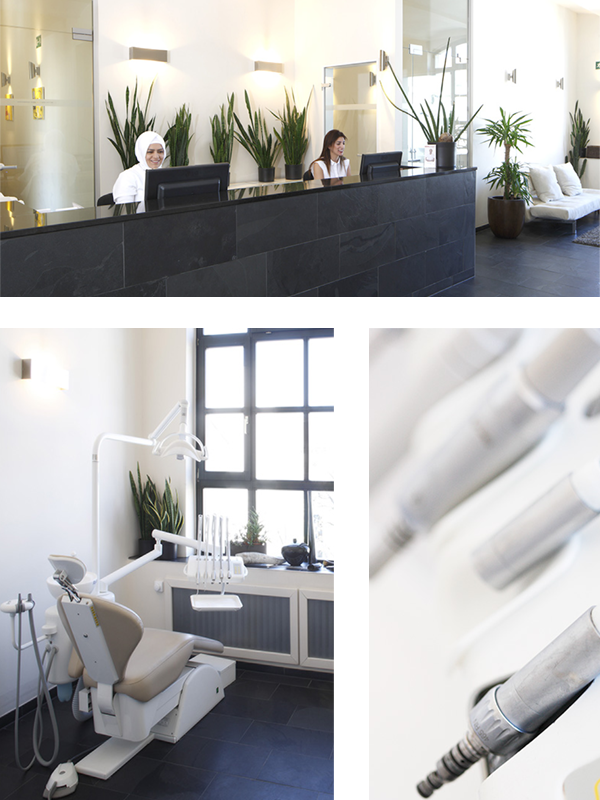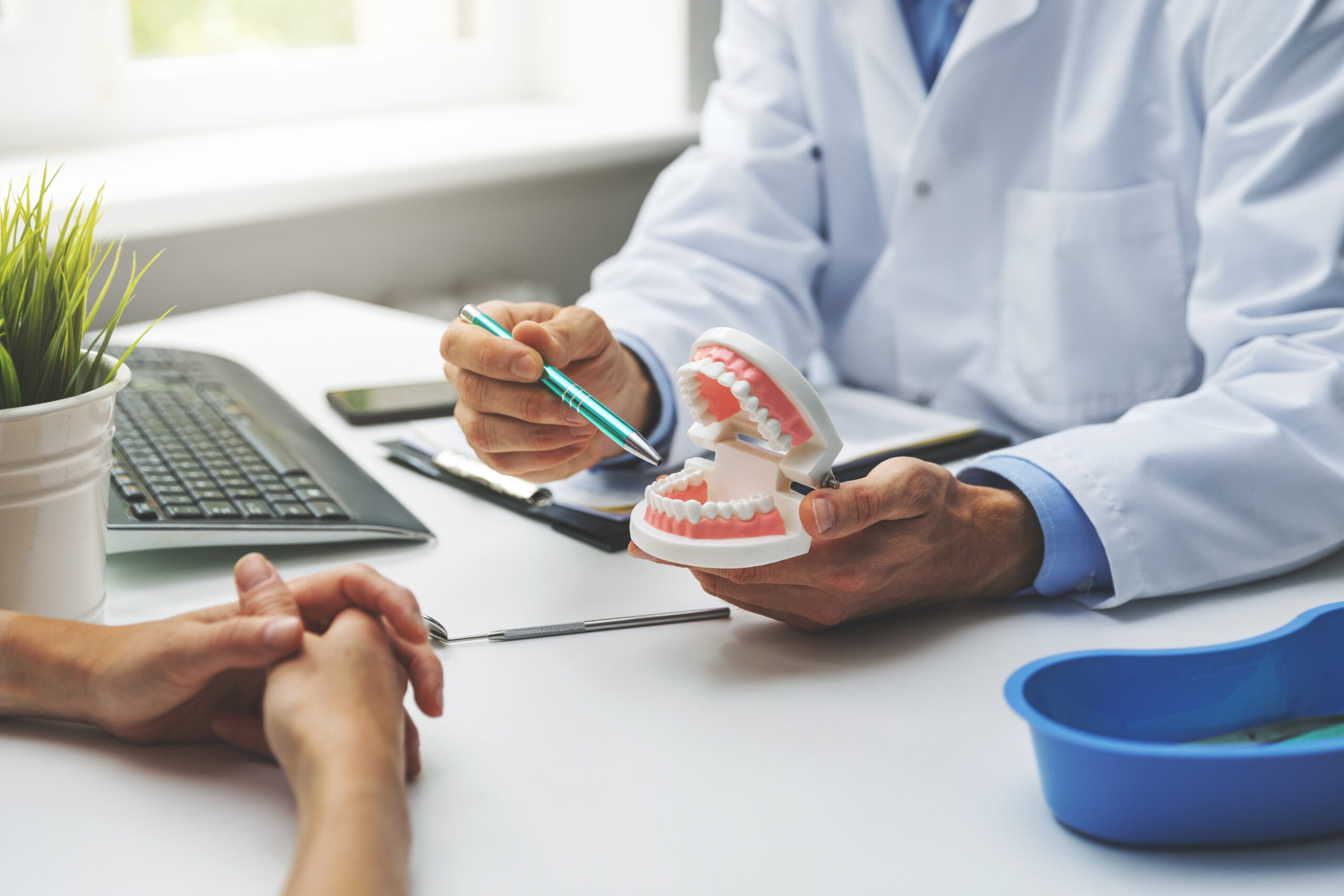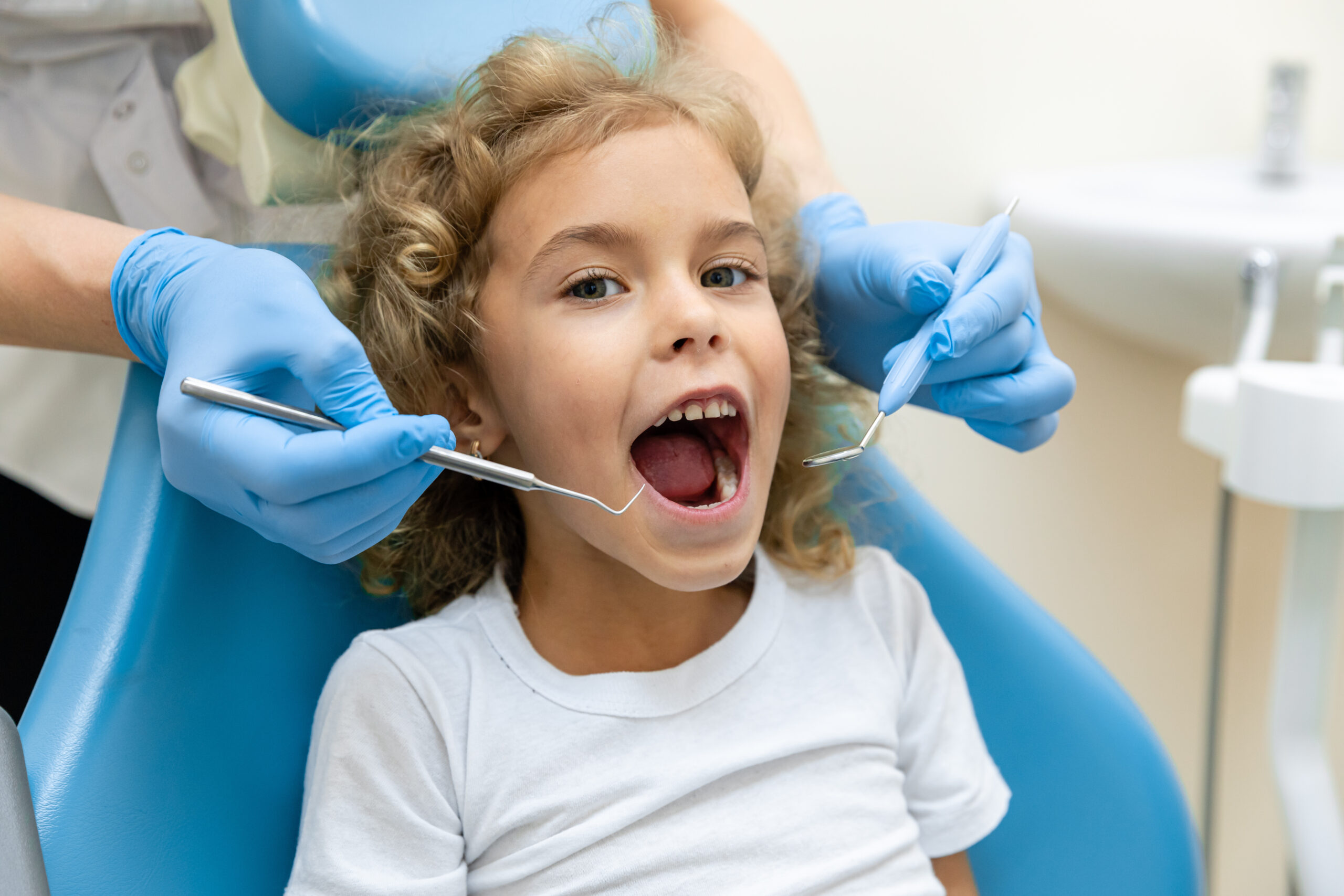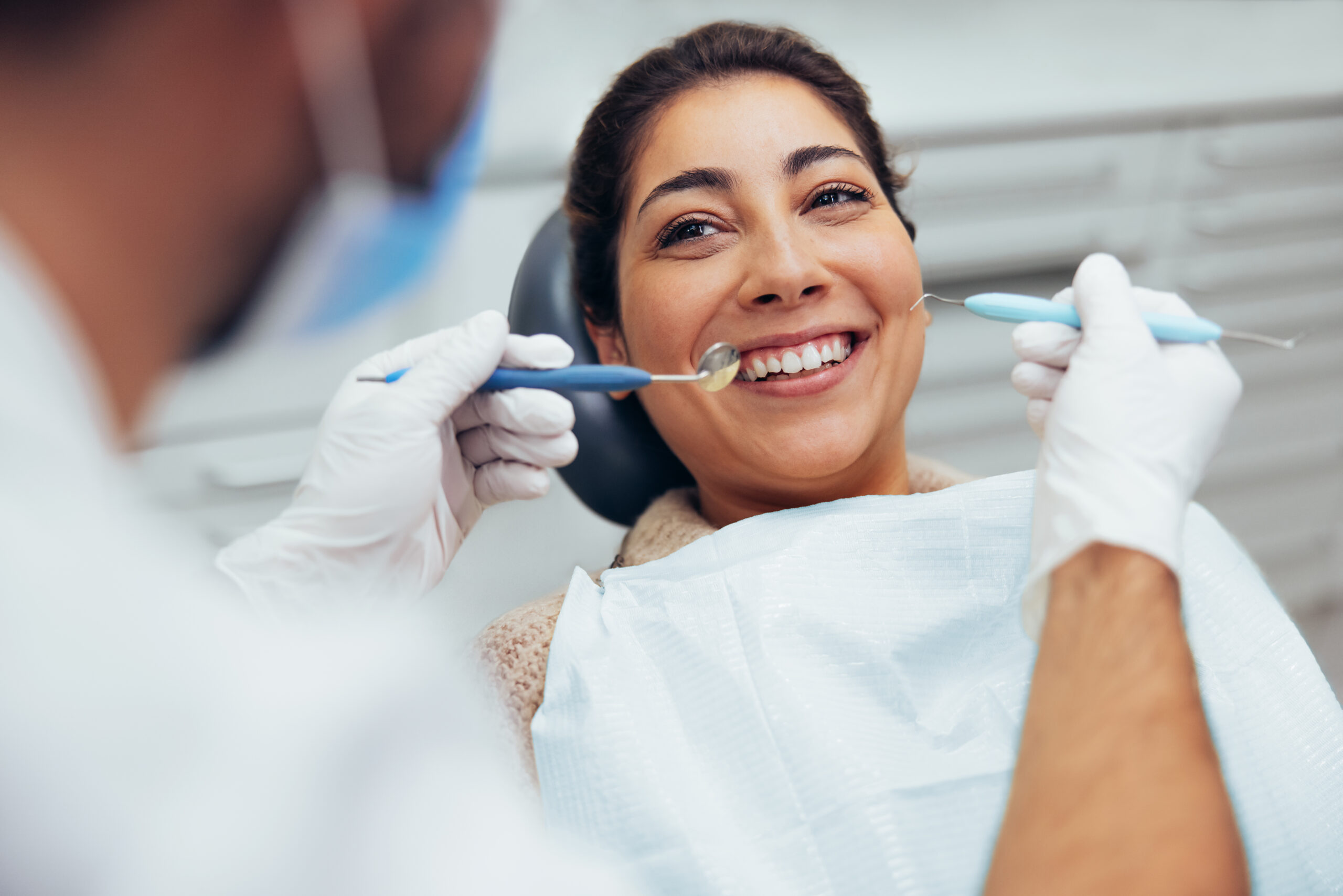Herzlich willkommen in unserer Praxis!
Liebe Besucherinnen und Besucher,
schön, dass Sie sich etwas Zeit nehmen, um sich näher über unsere Praxis zu informieren. Wir haben diese Seite erstellt, damit Sie uns besser kennen lernen und wissen, welche kieferorthopädischen Leistungen Sie bei uns erhalten. Mit Ihren persönlichen Fragen und Wünschen können Sie sich jederzeit an uns wenden.
Unser gemeinsames Ziel ist es, Ihr Gebiss wieder in einen natürlichen, gesunden Zustand zu versetzen. Das bedeutet nicht nur, dass Ihre Zähne wieder schön aussehen, sondern das gesamte Kauorgan seine Funktion optimal erfüllt.
Wir verstehen uns als Ihr Partner rund um Ihre (Zahn-) Gesundheit und stehen Ihnen gerne mit Rat und Tat zur Seite. Sie finden uns im Herzen Berlins, in Kreuzberg, auf der Oranienstrasse Nr. 6, nahe dem U-Bahnhof Görlitzer Straße (U1) im GSG Haus direkt gegenüber vom Restaurant Mirchi.
Ihr Dr. Thomas Schilling
Fachzahnarzt für Kieferorthopädie
schön, dass Sie sich etwas Zeit nehmen, um sich näher über unsere Praxis zu informieren. Wir haben diese Seite erstellt, damit Sie uns besser kennen lernen und wissen, welche kieferorthopädischen Leistungen Sie bei uns erhalten. Mit Ihren persönlichen Fragen und Wünschen können Sie sich jederzeit an uns wenden.
Unser gemeinsames Ziel ist es, Ihr Gebiss wieder in einen natürlichen, gesunden Zustand zu versetzen. Das bedeutet nicht nur, dass Ihre Zähne wieder schön aussehen, sondern das gesamte Kauorgan seine Funktion optimal erfüllt.
Wir verstehen uns als Ihr Partner rund um Ihre (Zahn-) Gesundheit und stehen Ihnen gerne mit Rat und Tat zur Seite. Sie finden uns im Herzen Berlins, in Kreuzberg, auf der Oranienstrasse Nr. 6, nahe dem U-Bahnhof Görlitzer Straße (U1) im GSG Haus direkt gegenüber vom Restaurant Mirchi.
Ihr Dr. Thomas Schilling
Fachzahnarzt für Kieferorthopädie

Zahnarztpraxis für Kieferorthopädie
UNSERE LEISTUNGEN
Kieferorthopädische Leistungen
Unsere Leistungen umfassen z.B. das Speed-Bracket-System für kürzere Behandlungszeiten, die ästhetische Lingualtechnik für unsichtbare Zahnspangen, das Bleaching zur Zahnaufhellung und herausnehmbare Zahnspangen für flexible Korrekturen.

Behandlung für Kinder
Frühzeitige kieferorthopädische Korrekturen sind entscheidend, um spätere aufwendigere Behandlungen zu vermeiden. Die optimale Methode wird individuell im Beratungsgespräch, abhängig vom Kindesalter und der Gebiss-Situation, erläutert.

Behandlung für Erwachsene
Das Vorurteil, dass kieferorthopädische Korrekturen im Erwachsenenalter zu spät sind, ist unbegründet. Auch bei Erwachsenen können Zahnfehlstellungen erfolgreich behoben werden, obwohl eine frühzeitige Behandlung im Kindesalter oft einfacher ist.

Fragen zu Zahnspangen
Wir erläutern Ihnen die Unterschiede zwischen festen und herausnehmbaren Zahnspangen und beantworten Ihnen in unseren FAQ alle gängigen Fragen dazu.
Erinnerungs-Service
Kieferorthopädische Behandlungen dauern oft länger und erfordern regelmäßige Kontrolltermine. Zur Unterstützung bieten wir einen Erinnerungs-Service an.
Zahnpflege-Tipps
Kieferorthopädische Behandlungen dauern oft länger, und die Zahnpflege ist entscheidend, da die Geräte die häusliche Mundhygiene beeinträchtigen.

